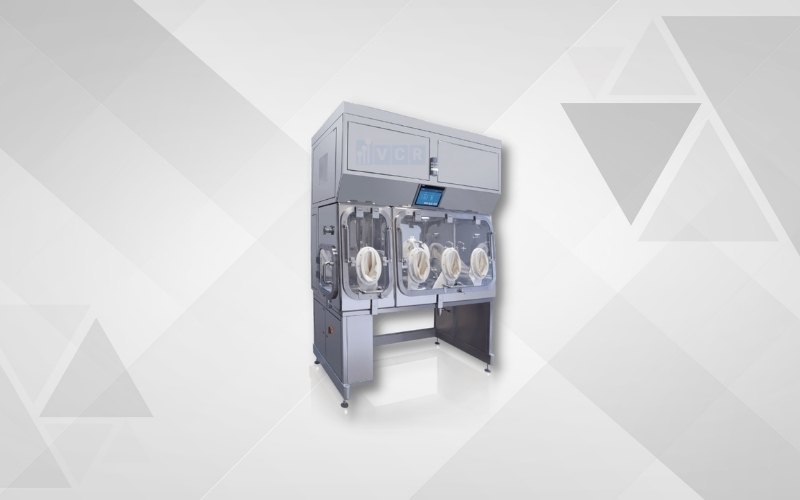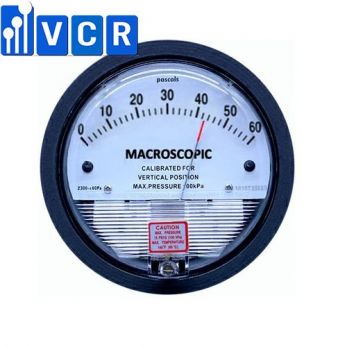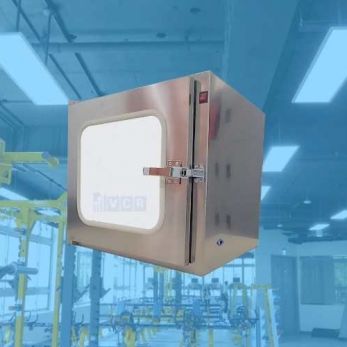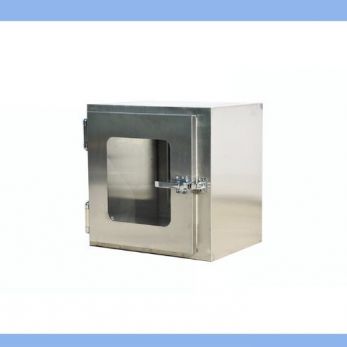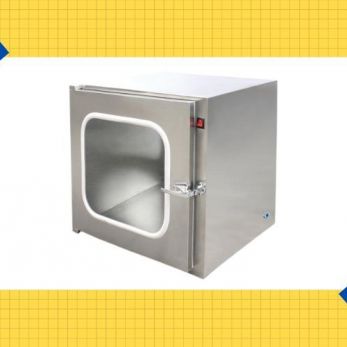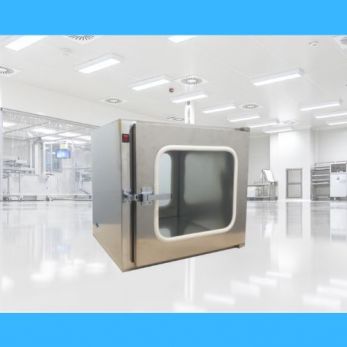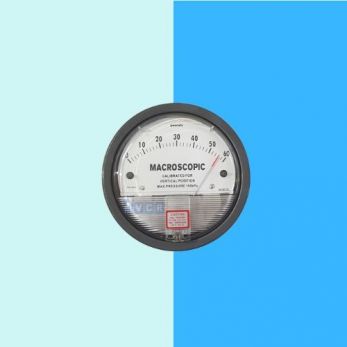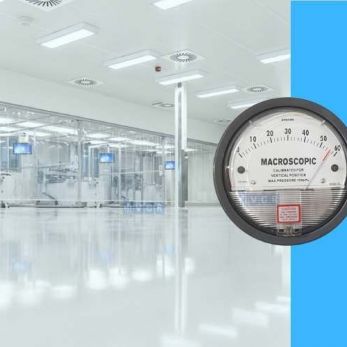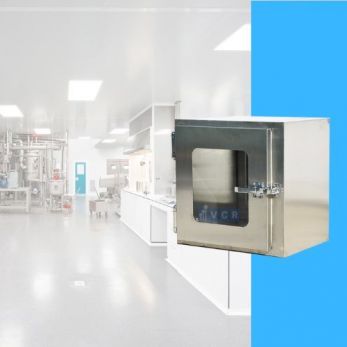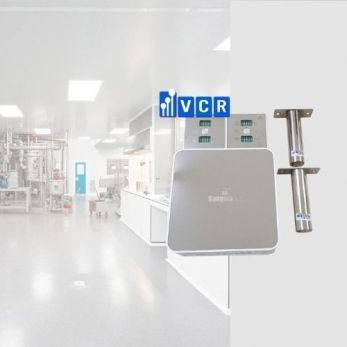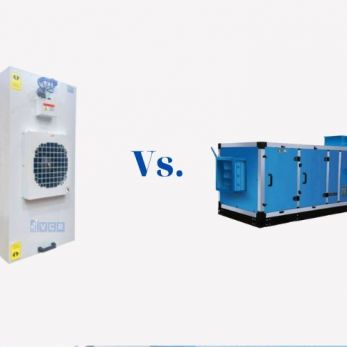Top 10 things to consider when choosing pharmaceutical isolator
Many pharmaceutical companies have raised concerns about the benefits of doing aseptic activities inside pharmaceutical isolators. However, many companies are purchasing isolator systems without considering all the issues related to their operations. This
- 1. The airtightness of isolator working chamber
- 2. The material of an isolator
- 3. Products requirements
- 4. Environmental monitoring
- 5. Glove tester on the isolator
- 6. Particle control
- 7. Bio-decontamination method in the isolator
- 8. Material transfer
- 9. Equipment inside the pharmaceutical isolator working chamber
- 10. Airflow in pharma isolator
Many pharmaceutical companies have raised concerns about the benefits of doing aseptic activities inside pharmaceutical isolators. However, many companies are purchasing isolator systems without considering all the issues related to their operations. This article will identify 10 things to consider when choosing pharmaceutical isolator.
>> The importance of isolator in cleanroom
1. The airtightness of isolator working chamber
The pharmaceutical isolator is hermetically sealed and conforms to leak tightness standards. There are a number of reasons that an isolator for cleanroom should always be sealed.
The first reason is operator safety during biological decontamination. Cleaning solutions used to clean the chamber are hazardous to personnel and should be confined to the chamber and the air handling system.
The second reason is product or process safety. A sealed enclosure reduces the risk of particles entering the chamber and will not contaminate the isolator.
The third reason is that an isolator contains hazardous materials or products hazardous to humans or environment. In this case, specific requirements for leakage should be established based on acceptable exposure limits.
The goal of the isolator design is to reduce the number and size of holes entering the chamber. Reducing the number of penetrations reduces the overall leak of the system. To deal with the air leak from parts such as doors, the development of sealing system has evolved over time. Mechanically passive seals have evolved into active seals, such as inflatable seals. Another improvement is the integrated seal on the vacuum doors.
2. The material of an isolator
Material type is used to design the isolator, which will have an important impact on the operation of the device. The isolator and any parts inside it must be clean and unchanged during cleaning. This is why manufacturers choose low-carbon stainless steel with a polished surface as the material of an isolator. In addition, glass is the material for isolator systems. These two types of materials are used in pharmaceutical operations, as they are compatible with the cleaning solutions used for biological decontamination.
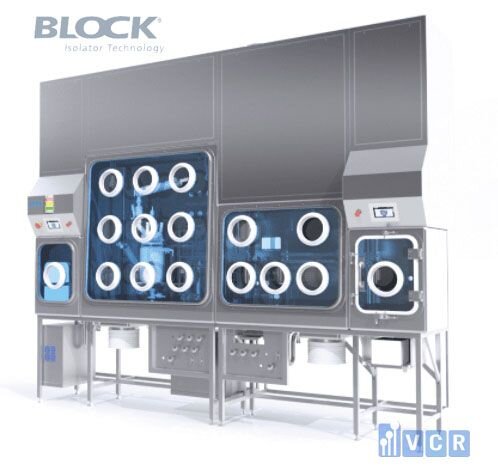
Image: Isolator made of stainless steel SUS316L
Besides the material considerations of isolators, the material of air handling equipment should be considered. Air handling systems with internal surfaces of painted steel and other incompatible materials should be avoided.
3. Products requirements
During use, some products and materials may be brought into and inside the isolator cabinet. Of particular note here are solutions containing proteins, as they are sensitive to solutions used for biological decontamination inside the isolator. There are several ways to mitigate this problem. One method is to avoid the use of absorbent materials to minimize the risk of leakage during prolonged use. The second method is to modify or add sensitive materials to reduce sensitivity to sanitary ware.
With regard to the protection of products handled in isolators, two things need to be done. First, it is necessary to quantify the sensitivity of the product to residual cleaning agent residues. The test isolator can be used to expose filled product containers, as it best simulates the actual exposure environment. This activity will allow you to establish an acceptable residual concentration and exposure time for the process.
4. Environmental monitoring
The techniques, location, and frequency of environmental monitoring should be considered both in the design of the isolator and for the operation of the product. Monitoring points typically include isokinetic funnels used to sample air with minimal disruption of its unidirectional flow. Automatic monitoring equipment can be integrated into the chamber design and control system of the isolator.
Monitoring may include both automatic air sampling methods and manual sampling methods such as settling plates and swabs. The manual method requires a method of bringing the sampled material in and out of the isolator. One solution is to use a transfer isolator attached to the main isolator for transfer. However, these chambers require the development and validation of a separate and short bio-decontamination cycle.
5. Glove tester on the isolator
It is clear that the FDA requires both visual and automated inspection methods for isolation gloves. Visual inspection requires training and certification in personnel, as well as the method of implementation. When and where visualization is used is very important. Ideally, gloves should be inspected prior to installation for ease of access. However, it is easier to do this with gloves fitted in the ports, as repeated removal takes time and can cause damage to the gloves.
There are several automated testing methods, some of which require the removal of gloves. However, this is not an ideal technique as gloves can be damaged and separate connections and sleeves are not tested using these methods. On the other hand, an on-site inspection will take longer, as it is generally not possible to test the gloves while other processes are taking place in the isolator.
6. Particle control
Particles, whether they are viable or non-viable, must always be controlled within the isolator. There are a few ways to do this. One is to ensure that particles from the surrounding environment do not enter the chamber. The combination of airtightness and positive differential pressure will help. Items that stay in the isolator or enter the isolator during handling should be designed to remove particles. This includes equipment, parts, piping, and disposable items, and isolation chambers. Objects entering the isolator, as well as the isolator itself, must be thoroughly cleaned to remove particles prior to decontamination or biological sterilization.
Processes occurring in the isolator should be monitored during operation. Regular care should be taken for processes occurring near open working areas.
7. Bio-decontamination method in the isolator
There are various methods for automatic biological decontamination of isolator devices. Systems on the market today can be categorized into two types: stand-alone system and integrated system.
Stand-alone systems are designed for biological decontamination of a variety of chambers, rooms, and other enclosed spaces. These typically include a sanitizing spray system, a fan, tubes for connection to ports on the isolator, and a dehumidification system to control humidity.
8. Material transfer
One challenge in isolator operation process is passing material into and out of the isolator aseptically. In fact, the material transfer is an issue to consider when deciding whether to carry out processes in an isolator. Some processes that involve handling large volumes of material, or using very large equipment, may not work in an isolator. Procedures involving the use of non-sterile materials may be not suitable when operating in isolators.
Material can be passed into and out of the isolator in continuous batches, depending on process needs. Some processes require both types of transfer to take place simultaneously. Bulk transfers are usually accomplished using a sterile pass box attached to a specially designed transfer port system.
9. Equipment inside the pharmaceutical isolator working chamber
Equipment incorporated in the isolator must have certain properties in order to successfully perform its functions. Equipment must be designed to be easily cleaned and biologically decontaminated. The surfaces of the devices should be designed to be as seamless as possible.
Reliability is also a key attribute of equipment operated in isolator isolators. It is important to purchase equipment that is designed and of high quality to minimize direct interference with the device during use. The equipment should also be operated prior to each biological decontamination cycle to ensure correct operation.
The equipment in the isolator shall be designed to be easily accessible during operation. All equipment operation after biological decontamination must be performed through the glove ports. Therefore, adjusting the device should not require much tactile effort. Connecting, changing parts, correcting errors, and other activities are typically designed to be performed with a gloved hand.
10. Airflow in pharma isolator
Recently, there has been much discussion on the topic of airflow inside isolator equipment. Some have questioned the need for airflow during handling. However, one must consider the nature of an isolator unit itself when designing airflow requirements. Two main types of isolators exist as closed isolators and open isolators. While closed isolators are completely airtight, open isolators have openings that transfer items in and out. Unidirectional airflow is essential for the correct operation of the open isolator unit, especially when transferring items. It is generally accepted that sealed isolators can have unidirectional, turbulent, or non-directional airflow depending on the process.
Airflow is also important in the biological decontamination process. "Good" airflow ensures thorough distribution of sanitary ware, proper humidity, and temperature control, and sufficient ventilation to remove sanitary ware to a safe level. Large isolators may require an adequate HVAC system to ensure good airflow and distribution due to the amount of air involved. Sufficient airflow is required at the end of each cycle to ensure complete aeration of the sterilant from the chamber.
To conclude, there are many considerations on choosing a pharmaceutical isolator. Working with an experienced isolator supplier, the buyer will be able to implement the modern and customized features and ensure the efficient operation of the product.
VCR - Vietnam Cleanroom Equipment is a reliable pharmaceutical isolator supplier in Viet Nam.
If you need pharmaceutical isolator as well as other cleanroom equipment, please contact us via:
VCR - Vietnam Cleanroom Equipment
Address: N03-T7 building, Diplomatic Resident, Northern Tu Liem District, Hanoi.
Phone: +84 90 123 7008 / +84 94 903 0817 (Whatsapp)
Email: [email protected]
Website: en.vietnamcleanroom.com






